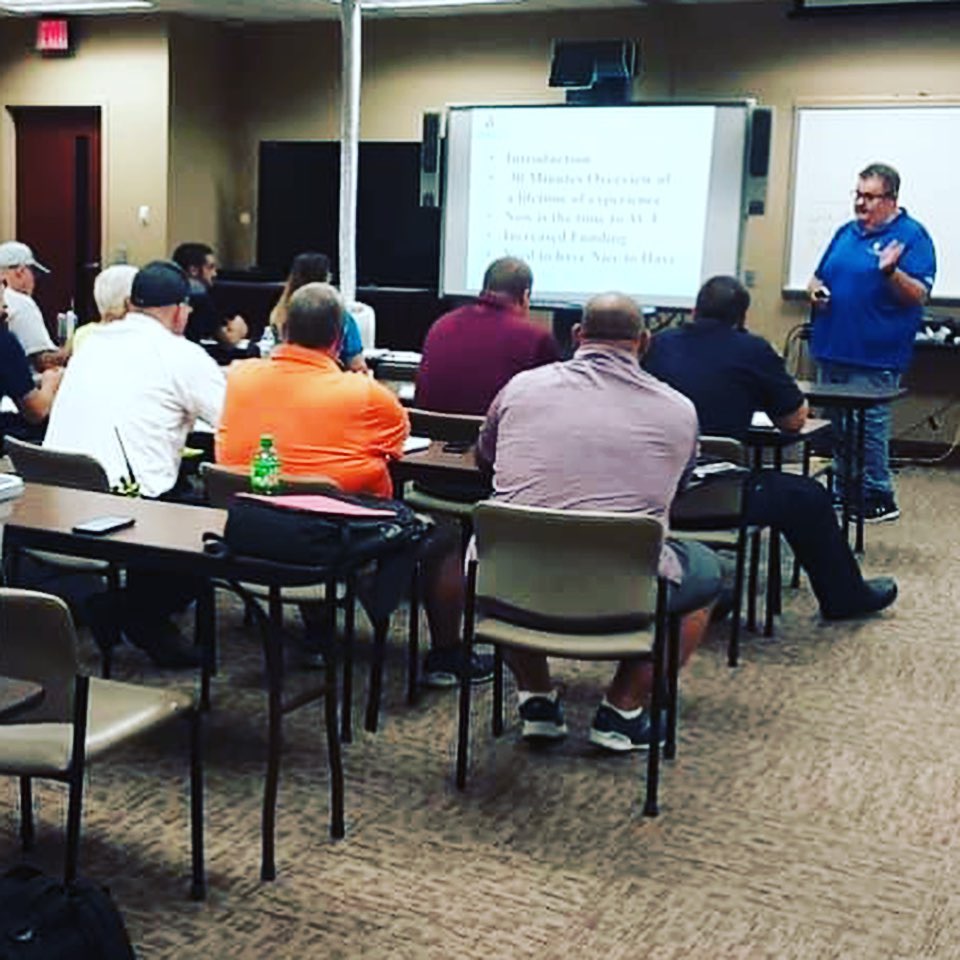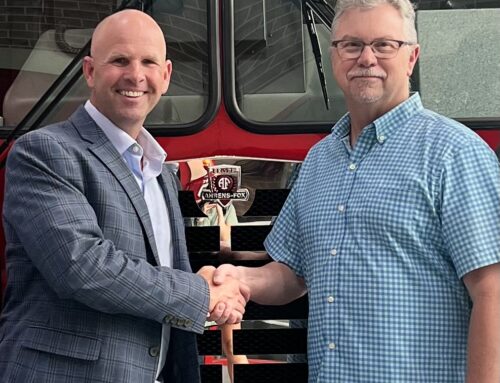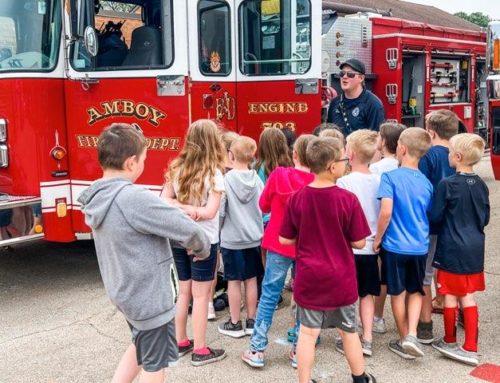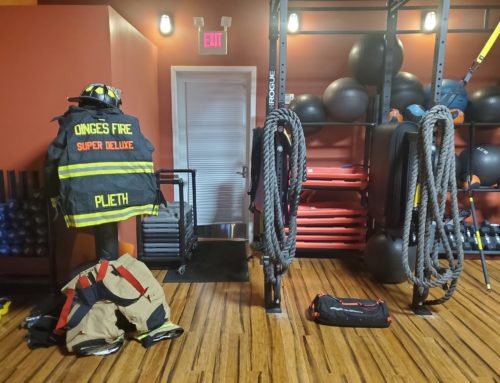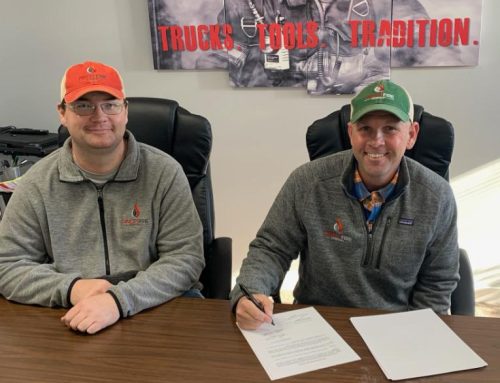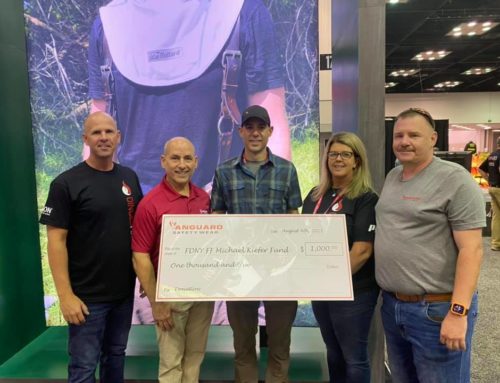Jeff Bryant, Dinges Fire Company’s COO, started writing grants in 2000 for his fire department in Amboy, Ill. Unfunded mandates, increasing regulations, and a stagnant tax base forced him into the role of department fundraiser. It is a role many fire personnel find intimidating. Going beyond traditional pancake breakfasts and soup suppers for fundraising requires time and discipline.
Where the Grants Are
Eighty percent of grant funds come through federal and state government agencies. For example, the Assistance to Firefighters Grant (AFG), sponsored by FEMA, supports purchases “necessary for protecting the public and emergency personnel from fire and related hazards”. Deadline is Jan. 21, 2022. Another FEMA grant, Staffing for Adequate Fire and Emergency Response (SAFER), funds efforts to recruit new fire fighters. This grant is open Jan. 3 to Feb. 4, 2022.
Bryant encourages departments to think outside the box when seeking grant funding. Insurance companies like Compeer Financial and FM Global offer annual grants for purchasing fire equipment and developing fire prevention strategies. Agriculture companies offer funds for fire departments that serve farmers, ranchers and agribusiness. Rail companies offer grants to fire departments that serve areas with active railroads. Locally Kiwanis Clubs, Rotaries, Lions Clubs and United Ways routinely support community health and human services (i.e. fire service).
Understand Your Community
Fire departments must tell their story to the communities they serve.
“Let your local people know your local needs,” Bryant says. Rarely are residents fully aware of the services a fire department provides, or of the challenges a department faces.
“Understand your community. Know the critical infrastructure in your district and go there for support.” That support doesn’t necessarily come as dollar bills. Some departments have found community members who have experience grant writing and are willing to donate their time to the process.
Grant writing is time consuming. Some require detailed demographic data and references. Others ask for a cost analysis of a proposed project or for the department’s capital plan. Bryant says making the effort to secure these details will yield results. Often the same information can be applied to different grants.
“Just keep writing,” he says. “Don’t let losing a grant stop you from going for another. Pay attention to detail. Not every grant is the same.”

Dinges Fire Company COO Jeff Bryant speaks to fire fighters in Michigan about grant writing.
Tips for Successful Grant Writing
Through the years, Bryant has secured $15 million in grant dollars for the Amboy Volunteer Fire Department. In 2005, he began offering funding workshop at no cost to departments through Dinges Fire Company. He now travels throughout DFC’s seven state territory to share his tips for success.
1. “Paint a robust picture of who you are,” Bryant says. Answer the who, what, when, where and how of the fire district.
2. Invest in technology for the department. A volunteer grant writer may not have access to a computer or the internet. Make the purchase on behalf of the department and eliminate a simple roadblock.
3. Know the total cost of the project, and break it down dollars per person. This information will help sell an idea to a governing board, the community or a grant selection committee.
4. Maintain a ‘needs to have’ and a ‘nice to have’ list. A routine review of a department’s needs can keep volunteer fundraisers motivated.
Bryant and other DFC staff offer more tips during their grant writing workshops. To schedule, contact Jeff Bryant at info@dingesfire.com.

